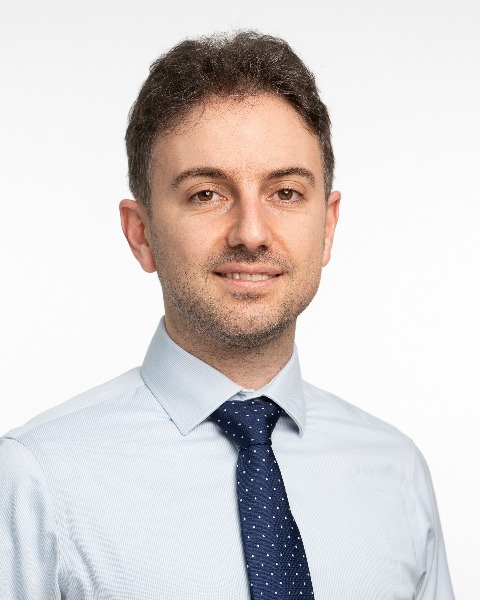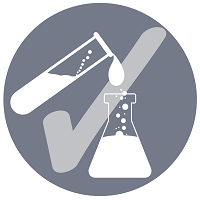Back
Formulation and Delivery – Chemical
Session: Symposium: Advances in Engineering Technologies for Drug Substance and Enabling Drug Product (CE)
3D Printing
Tuesday, October 18, 2022
10:30 AM – 11:00 AM ET
Location: 205 AB

Alvaro Goyanes, PhD
CEO and Co-founder
FabRx
London, England, United Kingdom
Speaker(s)
3D printing (3DP) is an increasingly growing manufacturing technology that provides the ability to fabricate structures of precise geometries from a 3D model by deposition of many thin layers. In the pharmaceutical field, the claimed advantages of the in-situ fabrication of unit dosage forms with doses and/or drug combinations personalized to the patient may change, in the future, medicines design and manufacture. It is predicted a change from limited dose range dosage forms manufactured in big industries to tailored-to-patient medicines, to meet the therapeutic needs of each individual patient (precision medicine), prepared in community pharmacies or hospitals.
3DP comprises an array of different additive manufacturing technologies of which some can be adapted to the use in pharmaceutics, e.g. fused-deposition modelling (FDM), powder bed inkjet printing, selective laser sintering (SLS) or stereolithography (SLA). The application of these technologies to the pharmacy will make necessary to evaluate, develop and adapt these novel manufacture technologies to the high quality standards demanded and regulated by the pharmaceutical industry, what will lead to new challenges and opportunities.
3DP comprises an array of different additive manufacturing technologies of which some can be adapted to the use in pharmaceutics, e.g. fused-deposition modelling (FDM), powder bed inkjet printing, selective laser sintering (SLS) or stereolithography (SLA). The application of these technologies to the pharmacy will make necessary to evaluate, develop and adapt these novel manufacture technologies to the high quality standards demanded and regulated by the pharmaceutical industry, what will lead to new challenges and opportunities.
Learning Objectives:
- Upon completion, participant will be able to understand the generalities related to 3D printing of medicines.
- Upon completion, participant will be able to understand the opportunities, issues and regulation related to 3D printing of medicines.
- Upon completion, participant will be able to learn how different technological tools allow personalized 3D printed medicines.
- Upon completion, participant will know about the practical experience of 3D printing in hospitals

